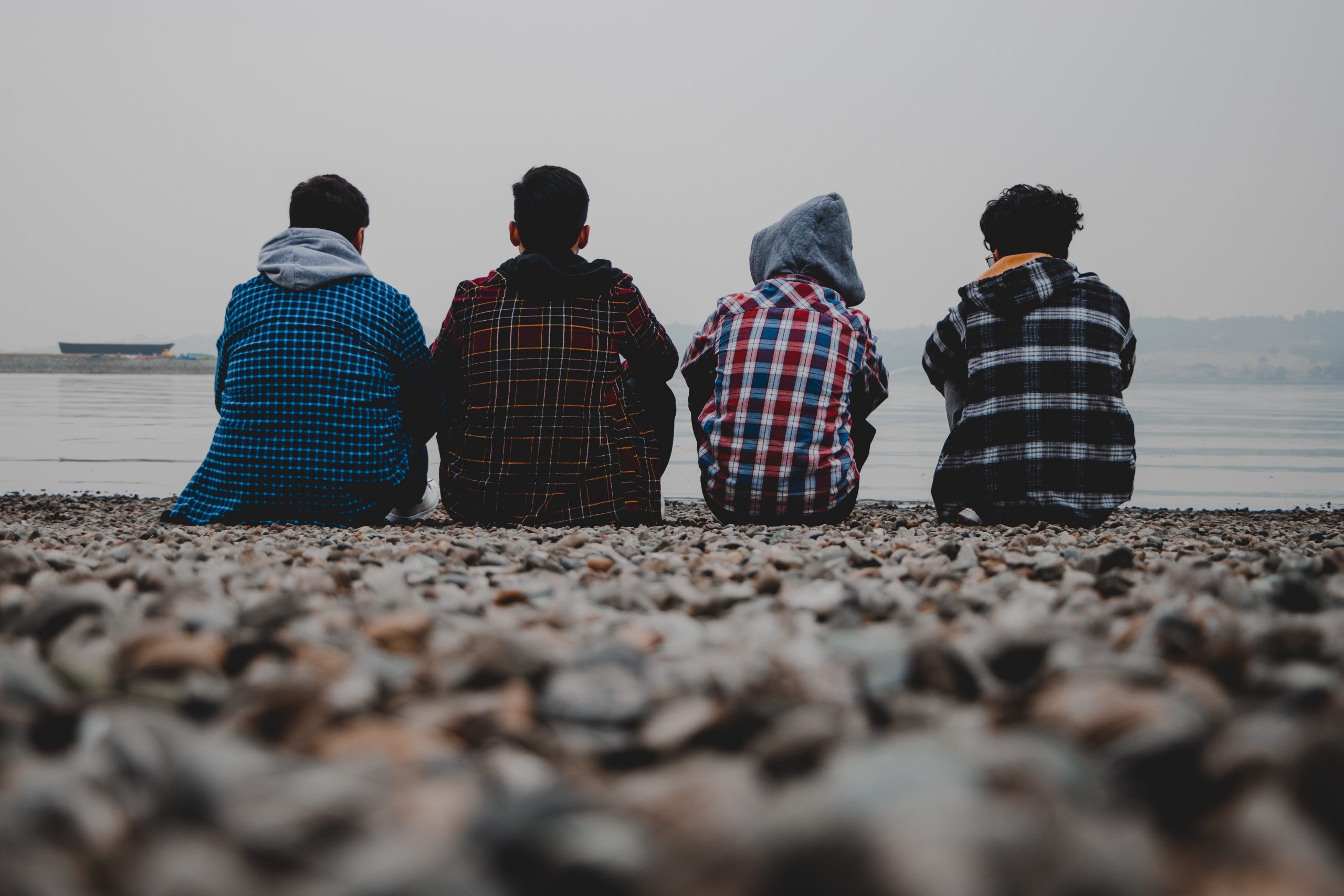
Whether it is crisis hotlines, toolkits, trainings, or support groups, there are ways to get youth connected to mental health resources today.

By Mackenzie Piper, MPH, CHES
March 6, 2023
Many years ago, I still remember being introduced to a short story titled “Why is Jason in the Hospital?” Jason’s friend Andrés doesn’t understand why Jason is in the hospital and asks “why” a number of times. With each additional “why,” we begin to peel back the layers of Jason’s circumstances. We begin to see that Jason’s hospital visit is not determined by a singular cause but by a confluence of factors.
While a simple story, this reminds us of the interconnected nature of public health. When we advocate for one part of health and well-being, such as adolescent sexual and reproductive health, we must be willing to look at all contributing factors. What is at play in the lives of youth and their communities? What is keeping youth from living their healthiest and best lives? How are these factors connected? What support, education, and resources do they need to secure a more equitable and healthier future?
In the case of our True You Maryland project, partners across six rural counties are working hard to advance and advocate for the sexual health and well-being of their local youth. They are ensuring sexuality education is integrated into their schools, creating media campaigns to raise awareness, building local champions, and providing education at community events. While doing this important work, partners are also hearing from their youth that other parts of their health need to be spotlighted, too. Namely, young people are raising the alarms about the mental health crisis in their community and among their peers, and they are asking for support.
When we advocate for one part of health and well-being, such as adolescent sexual and reproductive health, we must be willing to look at all contributing factors.
Youth in Maryland are not alone. In fact, in December of 2021, the U.S. surgeon general issued an advisory naming that “even before the pandemic, an alarming number of young people [across the country] struggled with feelings of helplessness, depression, and thoughts of suicide—and rates have increased over the past decade.” As can be learned from Jason’s story, the advisory is clear that this mental health crisis cannot be linked to just one solitary cause. The factors listed span from government policies, to housing instability, to trauma, to sexual orientation, to coping skills, and more. The risk factors are multi-faceted, and the solution will have to be as well.
For those of us supporting youth in our work, we may be unsure where to start. Luckily, there are many local and national organizations whose mission is to support the mental health of all young people. Whether it is crisis hotlines, tool kits, trainings, or support groups, there are ways to get youth connected to mental health resources today.
Here are organizations we have our eyes on right now, and here are some ideas for how to use their resources:
PHOTO CREDIT: Amir Hosseini on Unsplash
Mackenzie Piper, MPH, CHES, is passionate about all young people having access to comprehensive and inclusive sexual health information and services. She has experience providing training and technical assistance to healthcare and social service providers, and facilitating comprehensive sex ed programs to young folks. Read more about Mackenzie.













